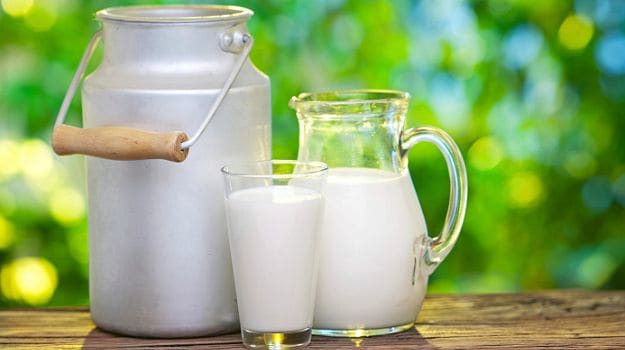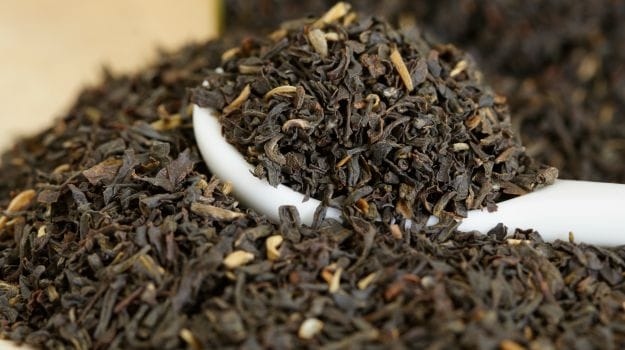(Laws to Prevent Food, Milk Adulteration to be Made Stringent)
Unlike certain cases of adulteration which might be purely cosmetic, some like Maggi Noodles can have serious health implications. For example, what would happen if you were to eat lead as part of your food over a long period of time? Prominent nutritionists and doctors told us that lead, if consumed in larger quantities, could damage almost every organ of your body causing them to shut down, one by one.
(The Dark Side of Instant Noodles)
But where there are problems, there must be a solution. We've got some great tips and techniques that will help you pick out the bad apple i.e. spot adulterated foods and keep them away from your kitchen.
What is Food Adulteration?
The technical definition of food adulteration according to the Food and Safety Standards Authority of India (FSSAI) is, "The addition or subtraction of any substance to or from food, so that the natural composition and quality of food substance is affected."
Food adulteration can be intentional when done to add volume, texture, taste or stability to the items. Or it can be due to carelessness or poor maintenance of the facility/logistics on part of the food manufacturer/ distributor. The bottom line is that it can cause serious long term damage to your health.
A report in The Hindu suggested "The Annual Public Laboratory Testing Report for 2014-15 brought out by the Food Safety and Standards Authority of India (FSSAI) says that of the 49,290 samples of food items it tested, 8,469, nearly one-fifth, were found adulterated or misbranded." The numbers seem astounding but the fact of the matter is that out of the products/brands that fail to meet safety norms, very few of them are convicted. It's perhaps this lapse in enforcement and accountability that gives many food manufacturers leeway in India.
The Most Common Food Frauds
According to FSSAI, "Some of the most common adulterated foods are milk and milk products, atta, edible oils, cereals, condiments, pulses, coffee, tea, confectionery, baking powder, vinegar, besan and curry powder." Sometimes, simply looking at the food won't giveaway whether it's been adulterated or not.
In a lot of cases, food additives and chemicals hide behind their scientific pseudo names. While this might not fall under the exact definition of food adulteration, they're just as bad. Chocolate bars with hydrogenated vegetable oils instead of cocoa, dried herbs that might have been extracted using chemical solvents, modified starch which lets the product withstand extreme temperatures, the use of functional flour in cereals and more.
Check Your Food for Adulteration
There is a good chance that a lot of what you eat is adulterated. While it might be difficult to detect with regards to packaged foods, there are certain everyday foods you can cross-check. FSSAI has put together a list of foods that you frequently consume and how to spot if any of them have been tampered with or adulterated.
(Adulteration Alert: How Antibiotic-Fed Chicken May be Harming You)
Milk
Milk is possibly one of the easiest targets and that's why you'll find hundreds of cases where food authorities or independent food testing agencies have found milk to be adulterated. A 2014 report warned users of how the milk produced by Indian cows might be adulterated because they graze on garbage. A 2012 study conducted by the FSSAI across 33 states found that milk in India was adulterated with diluted water, detergent, fat and even urea.(Food Safety Officials Raid Mother Dairy Booth)
How to check if your milk is adulterated: Put a drop of milk on a polished slanting surface. If it flows leaving a white trail behind, then it's pure but if it flows without leaving a mark then it's adulterated. To make sure that the milk you're having isn't synthetic, pay attention to its taste. Synthetic milk has a bitter, almost soapy aftertaste and turns yellow on heating.

Coconut Oil
How to check if it's adulterated: Place the bottle or container of coconut oil in the fridge. The oil will freeze and leave the adulterant as a separate layer.

Honey
The Journal of Food Science suggests, "Olive oil, milk, honey, saffron, orange juice, coffee and apple juice are the seven most likely food ingredients to be targets for intentional or economically motivated adulteration of food."(Benefits of Honey and Ways in Which You Can Use It)
How to check if honey is adulterated: Honey is often adulterated with water to increase the bottle's quantity. The best way to ensure that's not the case, dip a cotton wick in pure honey and light it with a matchstick. If there is water in the jar it won't allow the honey to burn.

Chilli Powder
How to check if it's adulterated: Chilli powder is often adulterated with a similar looking substance like brick powder. To find out if yours is too, take a teaspoon of chilli powder and stir it into a glass of water. If the water changes colour to something red and earthy then you know your powder was adulterated.

Cumin Seeds
How to check if it's adulterated: Rub the cumin seeds in the palm of your hand. If they rub off a black colour then they've been coloured and are adulterated.

Green Chilli
Those gorgeous green chillies that turn the heat up in your dishes may not actually be that green. So if you'd like to make sure they are, then take a piece of cotton soaked in liquid paraffin and rub a small portion of the chilli. If the piece of cotton picks up any colour, then the chillis are adulterated.

Tea LeavesTea leaves are often adulterated with chemicals and additives that add to its aroma or flavour. But the most common kind is colour and here's how you can spot it.
Take a filter paper and spread a few tea leaves on it. Sprinkle some water over the filter. If there is any colour present in the leaves then it'll stain the paper. Now wash the filter paper under tap water and carefully look for stains against the light.

It is debatable, the extent to which we can check food for adulteration. But we can do our part to make sure that what we're eating or feeding our families is safe and pure.







